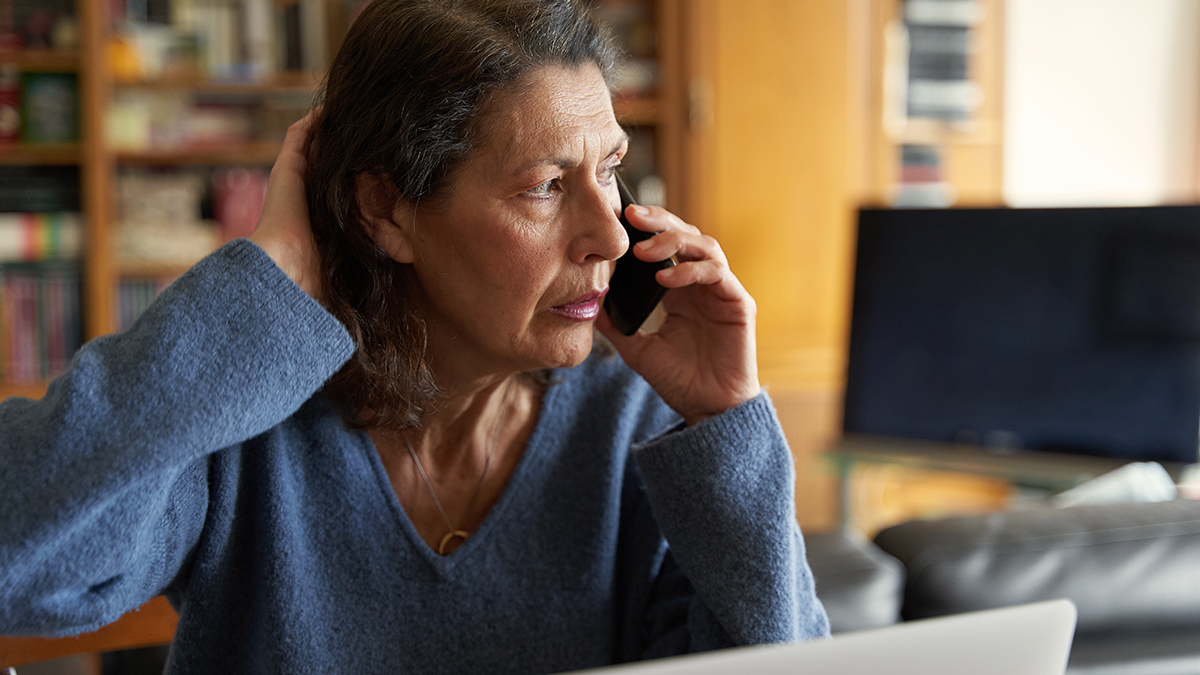Get our independent lab tests, expert reviews and honest advice.
Ageing and accessibility

As we age, we’re left out of the loop all too often when it comes to new technology. CHOICE took some time to find out what’s happening in design research to make things easier for us to use as we get older.
The answer? Unfortunately, not a lot. It seems the market is forgetting that there is a wealth of opportunity when it comes to making things simple. We asked Associate Professor of Industrial Design Thea Blackler, from the School of Design at QUT, some pertinent questions around ageing and accessibility.
Q: What do you see as the major aspects for accessibility specifically targeting ageing issues?
A: Our research has shown that older people do indeed have more problems than younger ones in using contemporary products and interfaces. They are slower, make more errors and show less intuitive uses.* We have begun to unravel the reasons behind these differences in interface use between older and younger people.
Older people have to deal with three issues related to ageing which affect their use of interfaces: familiarity, cognitive decline and sensory and physical decline. We have through our research found that older people are significantly less familiar with contemporary products than younger ones. However, when products that participants have not seen before are used, middle-aged people (40-59) as well as older people (60+) are significantly less familiar. Therefore, lower familiarity affects people from middle age onwards for novel products, and from early old age for products they own.*
When products that participants have not seen before are used, middle-aged people (40-59) as well as older people (60+) are significantly less familiar
A further problem, which is related to familiarity, is that in order to understand and maintain even one device, there are so many skill sets and other assumed knowledge built into the design – e.g. a smartphone requires Wi-Fi in the home in order to use it economically, as well as internet experience, ability to download and set up apps such as email or social media, understanding of Internet vocab and netiquette, ability to conduct maintenance, updating of software and virus protection, not to mention remembering the numerous passwords. Even the manual no longer exists, and they need to find this information online. Alongside this are all the issues with interacting with the phone interface itself.
We have found that the performance of older people with various interfaces is also affected by decline in central executive function.* This means that older people are struggling with two factors that make interface use more difficult – not only are they less familiar with contemporary interfaces, they also are less able to process information in working memory whilst using them.
Q: With regards to appliances in the home, where do you see the most advances happening now – for instance, around kitchen appliances, laundry, TVs, etc?
A: Entertainment/information devices, internet linked devices such as TVs, digital radio, smart phones, tablets and wearables. However, even washing machines now speak to your smartphone (e.g. Samsung), so I think the big issue is the connectivity of all sorts of devices and the implications that will have for complexity of those devices. Complexity of course impacts on older people more due to their lower familiarity and cognitive decline.
Q: What do you notice manufacturers focusing on presently in terms of accessibility? For instance, do they focus on ageing specifically? And if so, what would you say this covers? Eye sight difficulties, back impairment, arthritis, etc.
A: Advertising. Cynical, I know, but there is not much effort being put into genuine accessibility, just into advertising that things are easy or fun to use, or do some many things that you could not possibly live without. I see almost no evidence in the marketplace or in the design news that mainstream manufacturers are focusing on the real issues that older people have – physical and sensory decline, cognitive decline and lower familiarity. Researchers are making a big effort to understand more about older people and how to design for them. Most manufacturers have yet to take this on board, sadly.
Q: Where do you see the most research and improvement happening in the future around appliances in the home? Can you pinpoint any manufacturers or R&D projects you’ve come across that are showing examples of this?
A: Again, connectivity is the next big thing (e.g. smart homes, appliances linked by apps and remotely controlled, more appliances online to provide internet access). These new systems of course bring up issues of maintenance, systems/cloud services that need to be linked to, passwords, etc. However, there is no choice but to be online – accessing basic services such as health, government information and benefits and banking are all online.
Another developing area is NUIs (natural user interfaces), tangible interfaces and gestural interfaces. It is generally assumed that these are easier to use because they are more “natural” and graspable, but this is not necessarily the case. They still need to be carefully designed if older people are to reap the benefits of these developments.
Q: If you could direct funding to future-proof appliances, to cater for an ageing Australia, what would you suggest manufacturers start doing more of?
A: Reading the published research, engaging with the universities and actually applying some of the stuff we researchers have been saying. Using researchers as a resource as consultants to ensure the products and interfaces they design are going to work for older people. Also, employing PhD graduates with expertise in relevant areas in their R&D and design teams to tailor their interfaces to the ageing population. This is happening a bit but not enough.
Blackler, A., Popovic, V., Mahar, D., Reddy, R. G., & Lawry, S. (2012). Intuitive Interaction and Older People. In P. Israsena, J. Tangsantikul and D. Durling (Eds) Proceedings of DRS 2012 Bangkok – Research: Uncertainty, Contradiction and Value, Bangkok. Chulalongkorn University.





